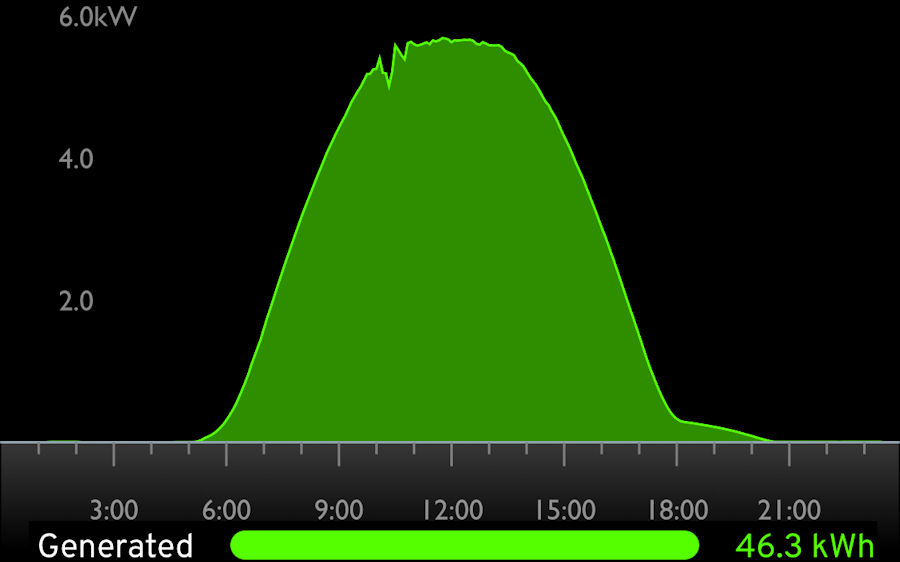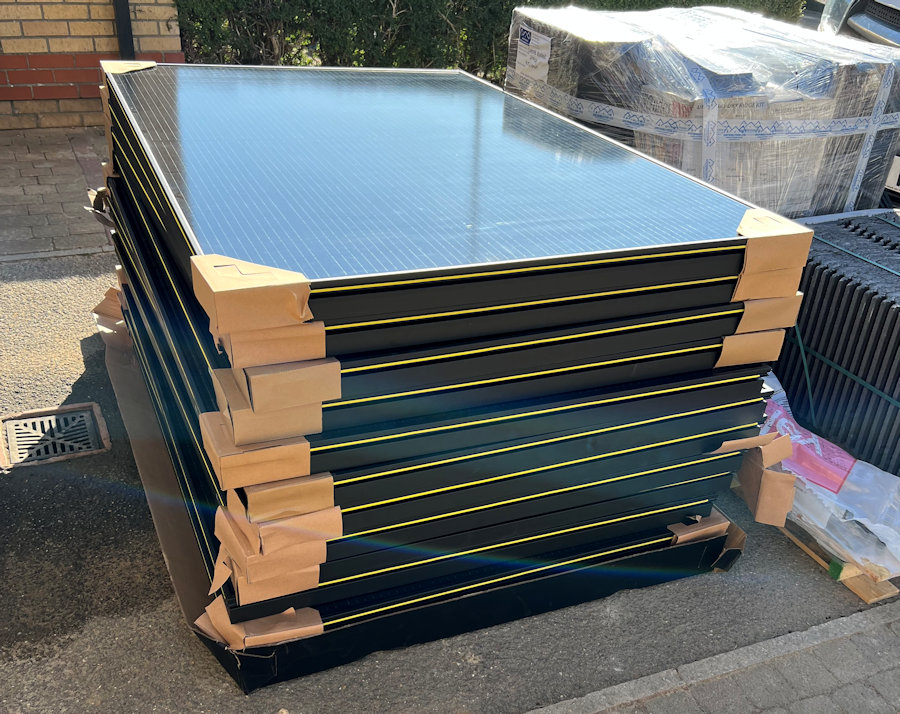2025 -
January
• February • March • April • May • June • July • August • September • October • November • December
2024 •
2023 •
2022 •
2021 •
2020 •
2019 •
2011
Smart Home Blog
If you found this page useful you can buy me a coffee. This helps me maintain this website and add more content.
2nd May
Fantastic news today from my installer and UK Power Networks! 😎 My G99 has been approved as part of our extension solar project and my export limit has been increased from 6.63kW to 11.19kW 🙂
5th May

Returned back home to find a roof on our smart home extension after an amazing weekend in Monaco with my daughter, watching the Formula e-Prix 'double header' as guests of the DS Penske team 😎
This is good because the in-roof solar installation starts next week!
9th May

Another month where our solar generation covers our gas and electricity bills 🙂 And this includes charging two CUPRA Borns.

Another new generation high for 2025 with 46.3kW 🌞 This is about as good as it gets. The best I've ever seen is 46.4kW ever. Until now ...
11th May
Today we hit 18MWh (18,000kWh) generated by our solar panels, in 936 days and an average of 19.2kWh per day. This will now be a benchmark to compare with once our extension solar is up and running.
12th May

All my previous solar stats are about to be surpassed 🙂 Orton & Wenlock arrived this morning to install the new in-roof solar panels.
2025 -
January
• February • March • April • May • June • July • August • September • October • November • December
2024 •
2023 •
2022 •
2021 •
2020 •
2019 •
2011



